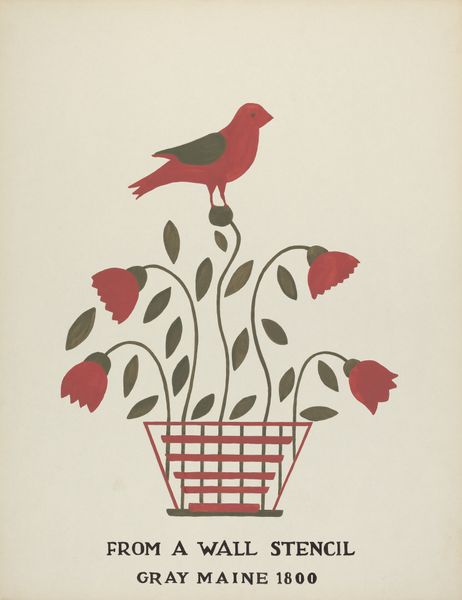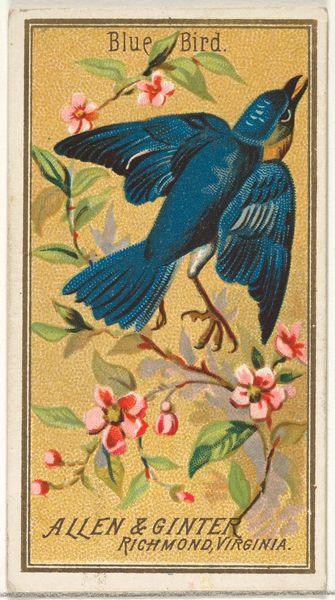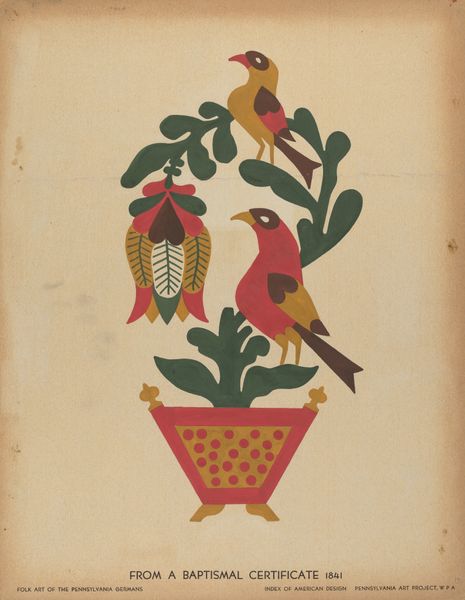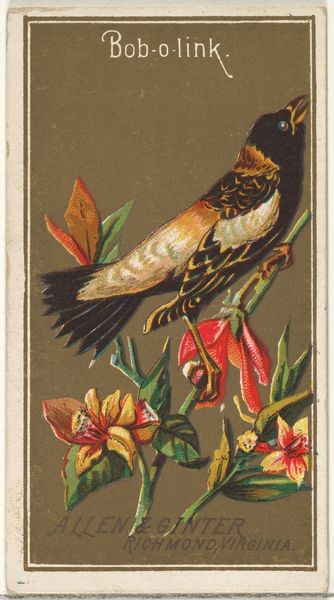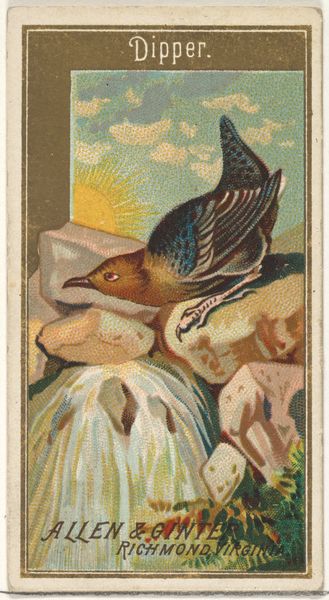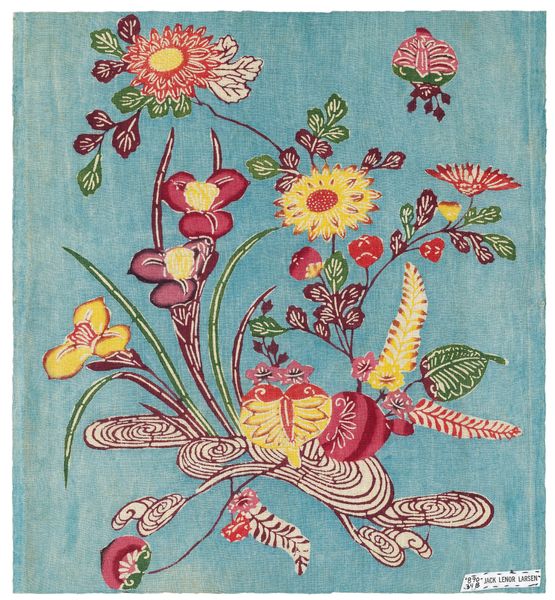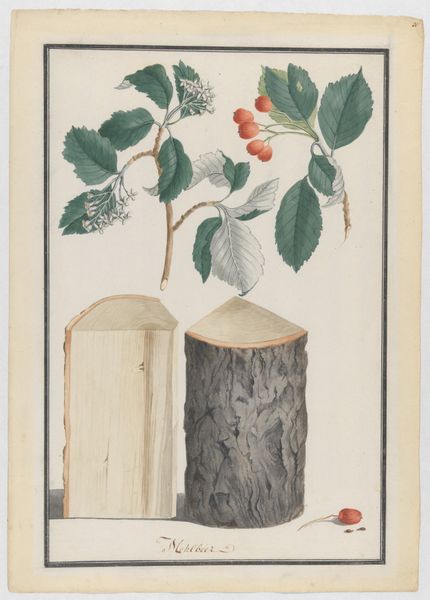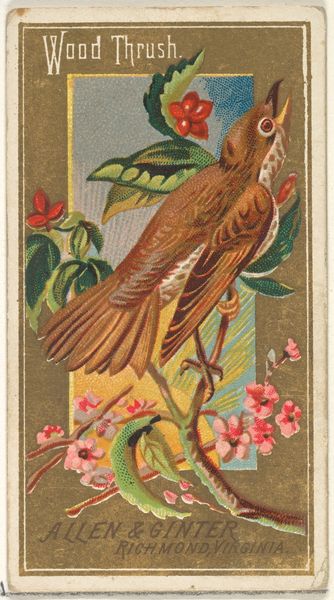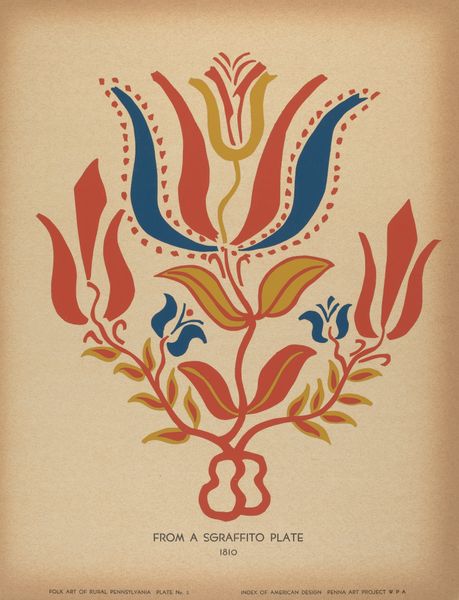
Dimensions: height 225 mm, width 129 mm
Copyright: Rijks Museum: Open Domain
Editor: This is "Hermit and women at the table," or "Kluizenaar en vrouwen aan tafel" in Dutch, created around 1834, we believe. It’s a print – possibly a woodcut or linocut – by Willem van Senus and is currently held at the Rijksmuseum. I find the image captivating; the sharp lines create an enchanting, almost dreamlike, atmosphere. What can you tell me about it? Curator: Thank you for setting the stage so well. This work calls to mind several interesting tensions within 19th-century Dutch society. First, the very title highlights a key philosophical question of the era: the role of the individual versus society. Considering the time, I wonder how Willem van Senus addressed emerging discourses on nationalism through such contrasting imagery of communal settings and the solitary figure? How do you see this tension represented formally, perhaps in the composition itself? Editor: I see what you mean! There’s that enclosed garden space versus the solitary figure. Were there many women artists creating these kinds of narrative scenes at that time? Curator: That is a very astute question. Although a man created the image, focusing on the "women at the table" opens another lens. Nineteenth-century Dutch art, though celebrated today, has often excluded or marginalized female voices and perspectives. If we think about this image through a feminist lens, how might the artist be subtly commenting on the limited roles assigned to women during that period? Are we seeing an intimate domestic scene, or are we presented with the restricted confines of female existence? Editor: Wow, I hadn't thought about it that way. So much more to this than meets the eye. Curator: Exactly. And by prompting discussions about historical biases, maybe we can create a richer experience and a deeper reflection of these pieces within the cultural fabric of the world.
Comments
No comments
Be the first to comment and join the conversation on the ultimate creative platform.


